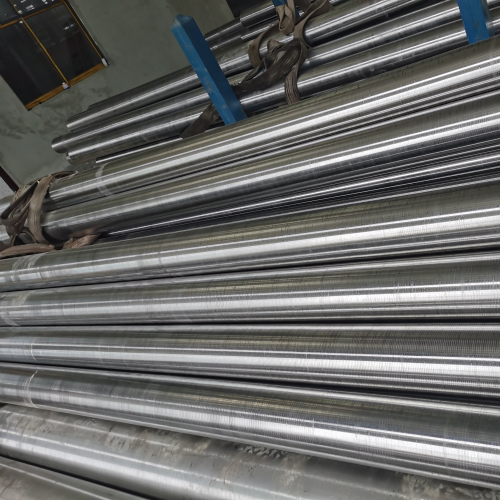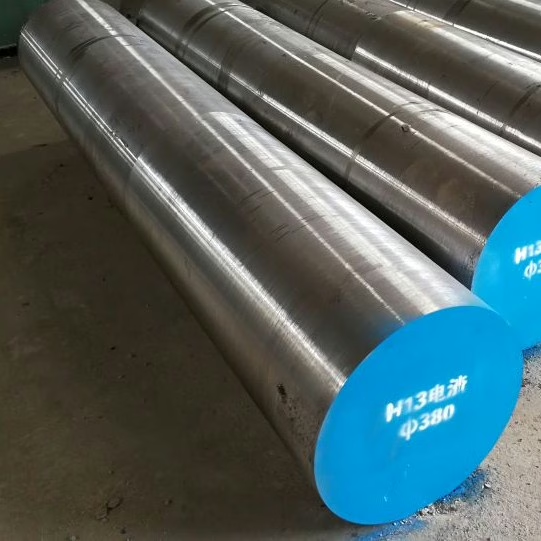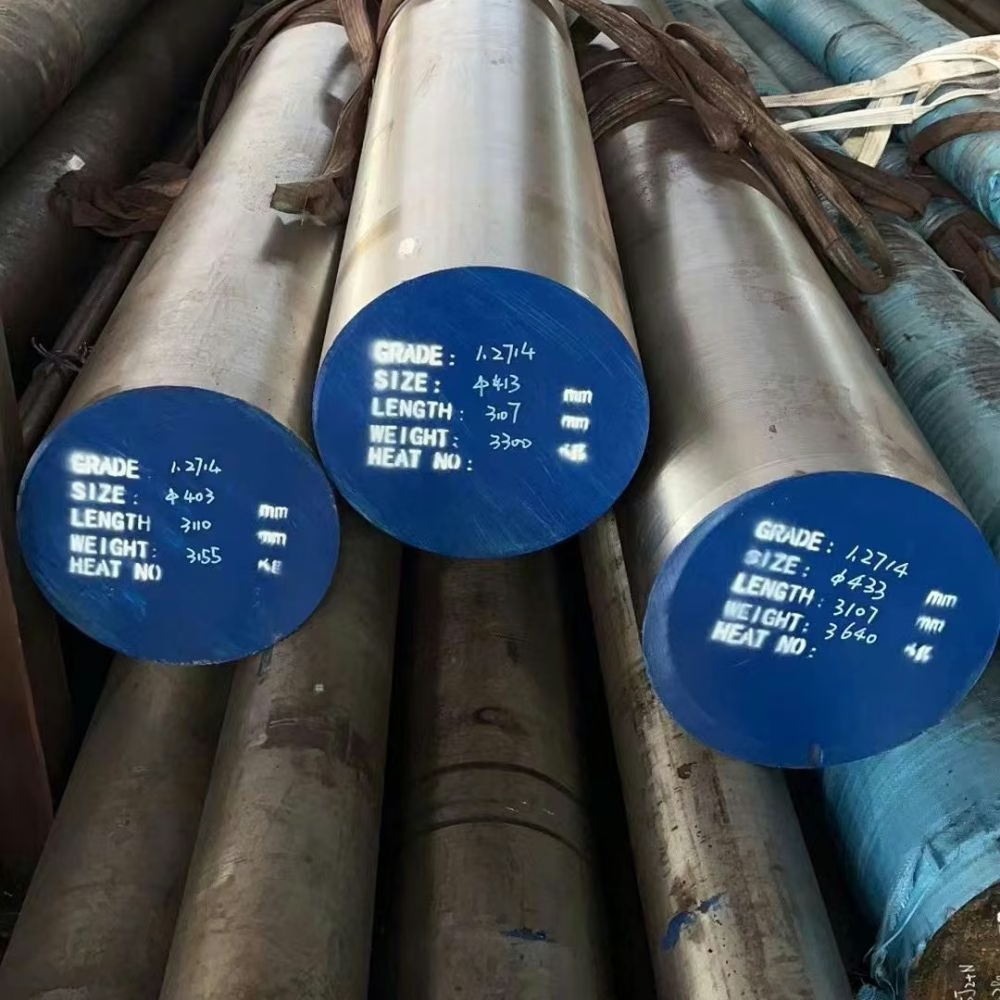HOT WORK TOOL STEELS
Hot Work Tool Steels Catalog from Aobo Steel
The advantages of Aobo Steel
- While ensuring quality, our prices are approximately 3% lower than the market price.
- Our over 20 years of experience in forged tool steel production gives us a deep understanding of our products.
- We offer over 100 types of steel, including tool, alloy, stainless, alloy structural, and carbon steel.
- Surrounded by over 40 processing suppliers, we can deliver more than 2,000 tons of steel monthly.
Overview of hot work tool steels
Generally speaking, hot work tool steels are steels classified as H series in the AISI classification system. Its main characteristic is the ability to resist softening at high temperatures. This makes them ideal for hot forging or die casting of tools and molds. In our daily practice, not only the H series is classified as hot work tool steels, but also, for example, L6 steel. H series steels are divided into three categories, depending on the alloying composition, they are:
- Chromium hot-work steels. For example: H10, H11, H13.
- Tungsten hot-work steel.For example: H21, H22, H23, H24.
- Molybdenum hot-work steels.For example: H42, H41, H43.
Hot work tool steel’s characteristics
1. Resist deformation at high temperatures
This is the biggest difference between hot work tool steels and other tool steels. In contrast, cold work tool steels may be harder at room temperature, but they are soften rapidly at high temperatures. Hot work tool steel can maintain the hardness, to ensure it is not deformed at high temperatures.
2. Impact resistance
Hot work tool steel needs to have a good resistance to mechanical and thermal shock, as well as good notch toughness. In order to achieve this goal, the carbon content of H series steels is low or medium. Because if the carbon content is too high, that can lead to increased brittleness, which can lead to cracking or failure.
3. Resistance to high temperature wear
At high temperatures, tool surfaces may wear away due to friction or erosion. In order to solve this problem, hot work tool steels are designed to increase their hot hardness by selecting the right alloying elements and microstructure. But in the other hand, this can reduce the toughness.
4. Resistance to heat treatment deformation
In the production process, the mold material heat treatment deformation and dimensional changes must be as small as possible. High alloy hot work tool steels, because of their sufficient hardenability , can be hardened by air cooling to provide the best resistance to deformation.
5. Machinability
The machinability of hot work tool steels needs to be improved by annealing.
6. Resistance to thermal cracking
Under repeated heating and stress cycles, small shallow cracks form on the surface of hot work tool steel. Thermal cracking is the main factor limiting the life of die casting molds.
Selection of hot work tool steels
When you are selecting the right hot work tool steel for a particular application, it requires a combination of manufacturing requirements and performance needs, matched to the specific steel grades and heat treatments. We summarize three Key factors, they are the temperature, mold mounting procedure and cooling method.
1. Temperature.
Different steels behave differently in terms of thermal hardness at high temperatures. For example: Carbon and low alloy steels lose their hardness rapidly when heated to 450°F (230°C). Chrome hot-work steels has no significant hardness changes until 800°F (425°C). Tungsten hot-work steels retain high hardness up to 620°C (1150°F). Those temperatures are the approximate working limits for chromium and tungsten hot-work steels, respectively.
2. Mold mounting procedure
It affects the impact and wear resistance of the steel.
2. Cooling Method
The cooling method will affect the choice. Chromium hot-work steels have better crack resistance than tungsten hot-work steels if the mold is kept cold by water cooling to avoid softening. Some tungsten hot-work steels can be water-cooled, but the tungsten hot-working steels containing high chromium should not be subjected to rapid heating and cooling cycles.



